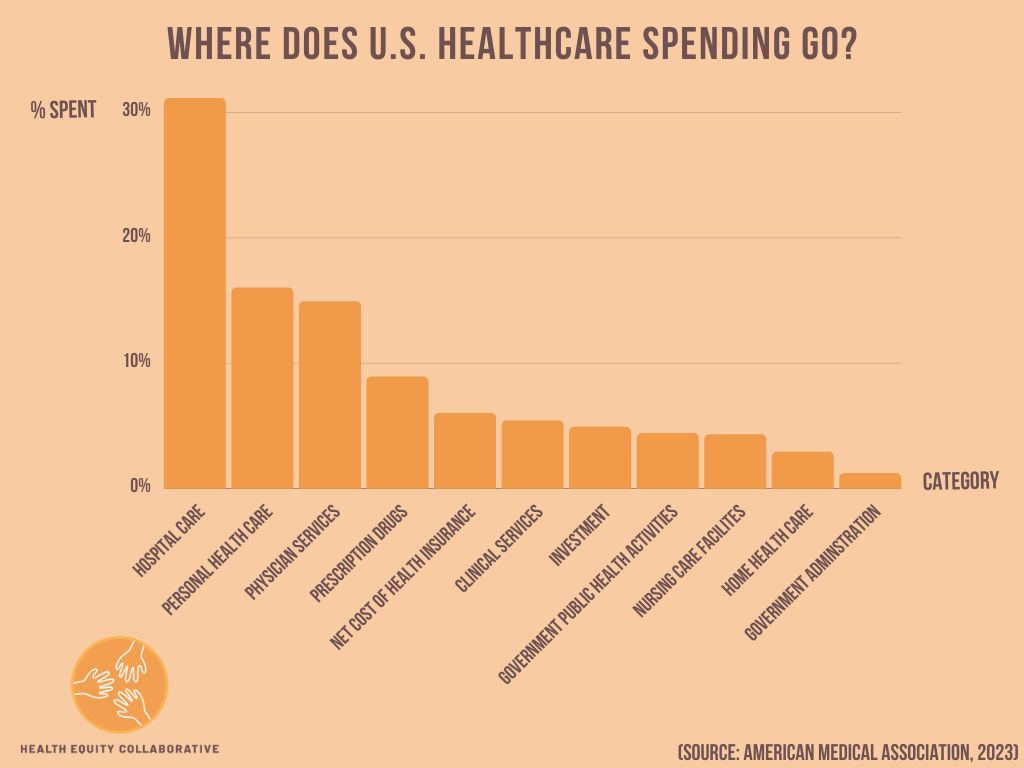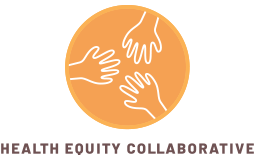01 Aug Rising Healthcare Costs: Key Drivers and the Impacts on Diverse Communities
One pervasive myth about the American healthcare system is that rising drug prices are behind the rapidly increasing costs of healthcare. Because of this idea, the goal of reducing drug prices has become a focal point for lawmakers and political leaders, including President Biden.[1]
Reducing healthcare costs is a crucial step in advancing health equity and increasing access to care, and it’s certainly true that growing drug prices contribute to those costs. However, the data makes clear that drug prices are far from the main culprits. In order to improve healthcare access for underserved and minority communities, policymakers must pay closer attention to what’s actually driving the cost of healthcare.
According to a recent report from the American Medical Association, prescription drugs were the fourth-largest category of U.S. healthcare spending in 2021. They accounted for just $378 billion, or less than nine percent, of the total $4.26 trillion spent on healthcare.[2]
In comparison, hospital care — the largest source of spending — totaled $1.32 trillion, or 31.1 percent of overall spending.[3] Physician services cost $633.4 billion, or 14.9 percent of the total.[4] And “other personal health care” costs represented $680.4 billion, or 16 percent of total spending.[5]
Not only are these other areas of spending more significant than drugs in terms of total cost, but they’re also becoming more burdensome over time. In the 10-year span from 2009 to 2019, the share of personal health expenditures that went toward prescription drugs actually decreased, while the percentages for hospital care, physician and clinical services, and home healthcare all increased.[6]

It’s evident from these numbers that policy measures targeting these aspects of health spending have much greater potential for impact than proposals aimed at reducing the cost of drugs.
The rising costs of healthcare are a critical equity issue because they have a disproportionately harmful impact on underserved and marginalized communities. A 2022 Kaiser Family Foundation survey found that overall, 47 percent of adults found it “very” or “somewhat” difficult to afford their health care costs — but that number rose to 60 percent for Black respondents, 65 percent for Hispanic respondents, 69 percent for households earning less than $40,000 per year, and 85 percent for people who were uninsured.[7]
Per the same survey, a higher-than-average number of women and people of color reported skipping or delaying medical treatment because of cost.[8][9]
These statistics reveal that spending totals may underestimate the demand for high-cost hospital and physician services.
Advancing health equity is complex and can’t be achieved without close attention to data and detail. As political leaders craft policies seeking to eliminate disparities in healthcare access, they must be cognizant of all the factors — beyond just drugs — that are driving up healthcare costs.


